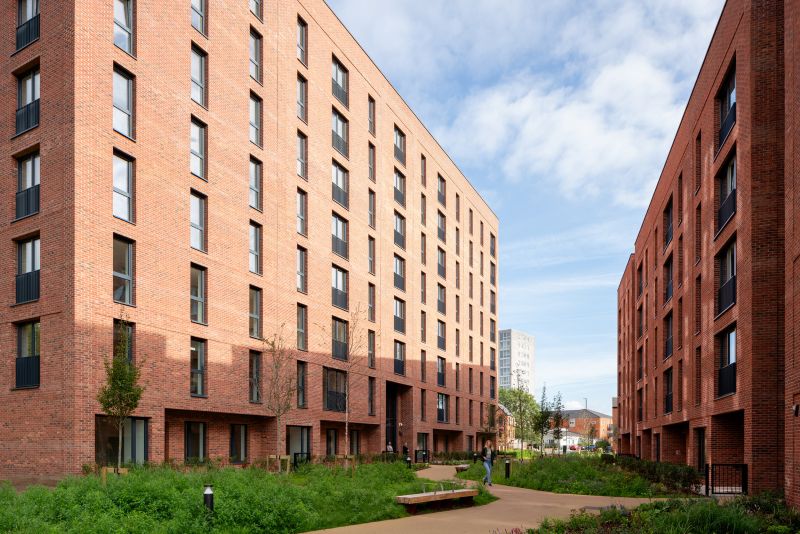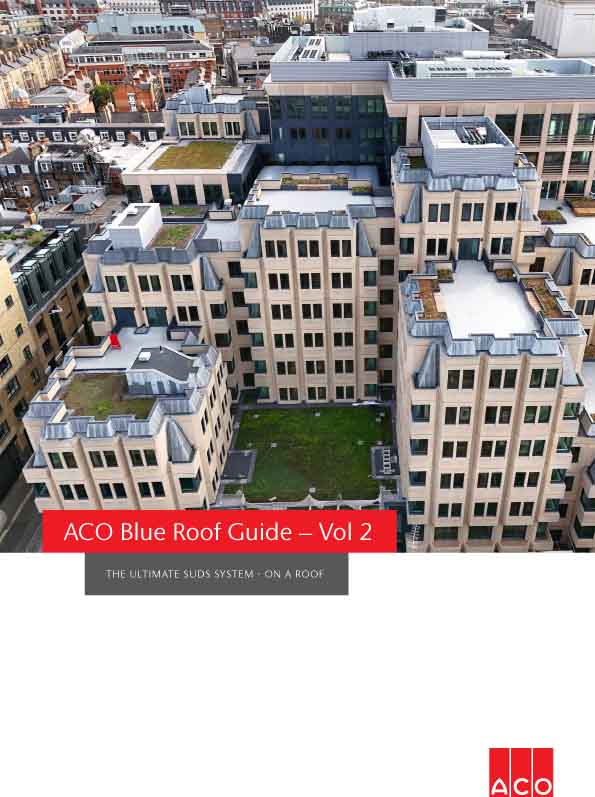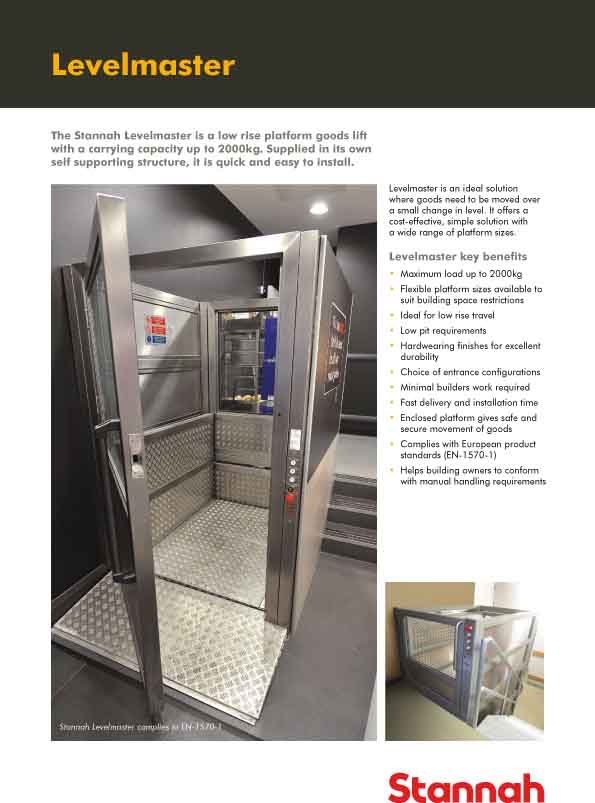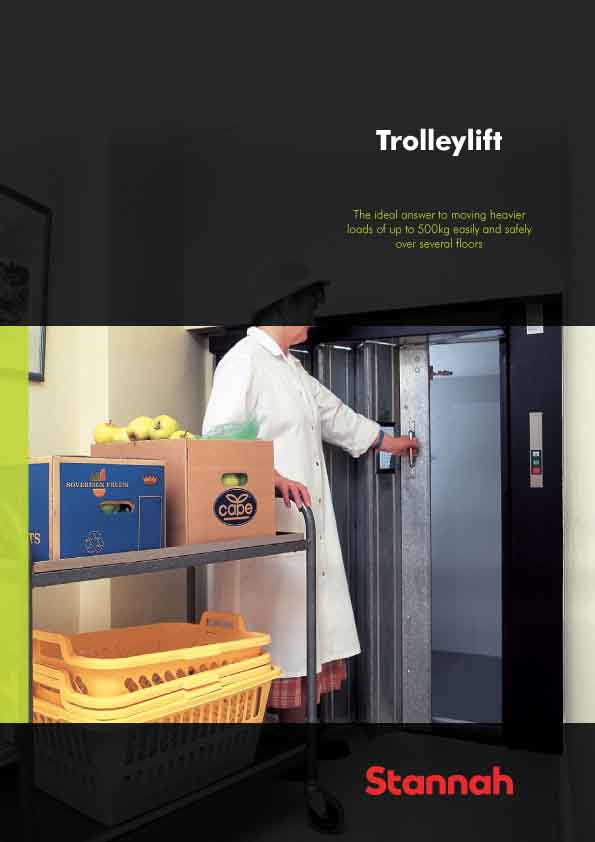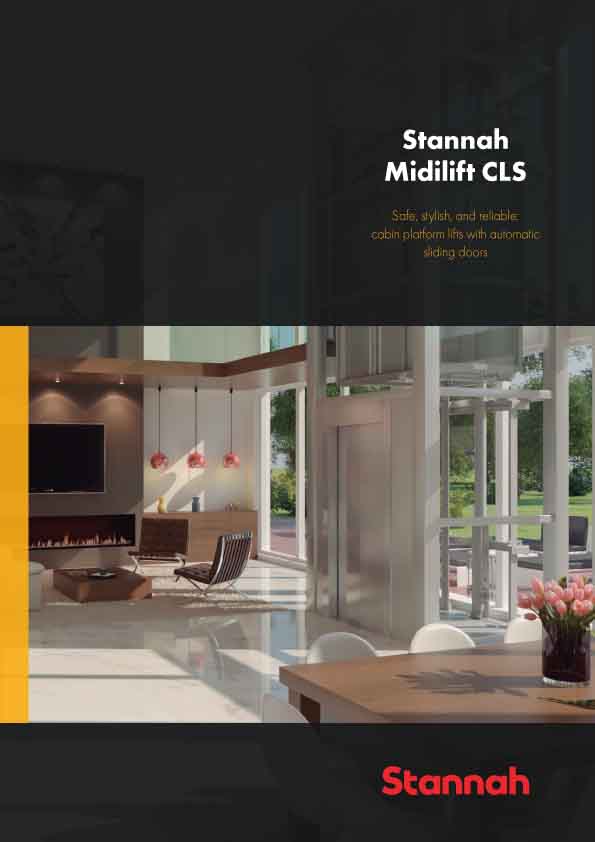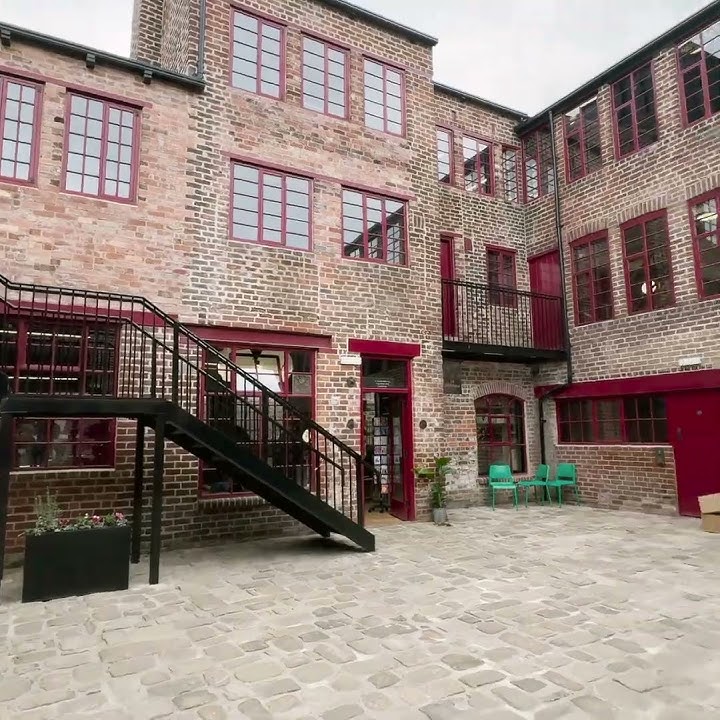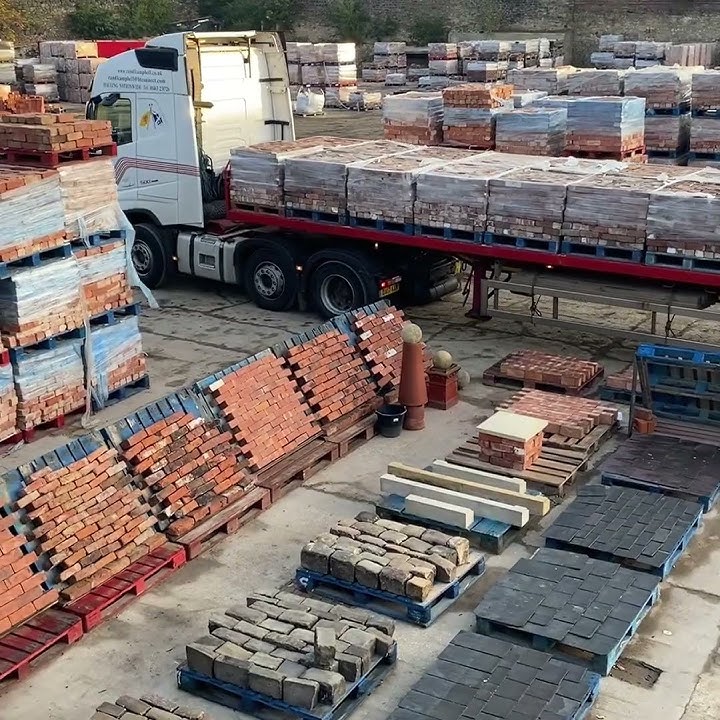The Circular Economy could play a crucial role in helping the building services sector develop more effective net zero strategies, according to the Building Engineering Services Association (BESA).
In welcoming a new report from the UK Green Building Council (UKGBC), the Association pointed out that adopting more reusable materials and cutting waste could also go some way towards tackling the immediate problem of rapidly rising costs and supply shortages.
The UKGBC’s study, ‘How Circular Economy Principles can impact carbon and value‘ explains how ‘circularity’ can help the industry reduce lifecycle carbon in buildings. It concludes that many of the principles are already in use, such as the reuse of steel and other building structures to save embodied carbon, and these could be adopted more widely.
However, there is a sizeable ‘knowledge gap’ and a general failure to consistently measure whole life carbon and circularity that inhibits uptake of more efficient processes. BESA said this could be addressed if the sector had access to a common methodology and better technology for assessing the impact of the circular approach across building supply chains.

“Put simply, circularity requires everyone in our sector to reuse, recycle, refurbish and repair as much as possible,” said BESA’s head of technical Graeme Fox. “It might sound obvious, but it still does not happen enough largely due to poor planning and a lack of co-ordination between the design, installation, and commissioning phases of projects.
“Clients also need to be able to see quantifiable financial benefits, so the current energy and inflation crises will help to concentrate minds. This is a great opportunity to embed circular economy principles into our processes that will have long lasting benefits in both the upfront and operating costs of buildings.”
The UKGBC report found that as much as 50% of lifecycle carbon emissions from buildings come from embodied sources such as the manufacturing of materials and construction processes. It added that the benefits of circularity can extend beyond carbon, to several organisational, social, environmental, and financial areas.
BESA said that, ultimately, the most carbon friendly approach is to not build at all and to reuse or refurbish wherever possible. For example, it pointed out that there were already more than 600,000 empty buildings in the UK that could be repurposed. It also referred to new research that highlighted how dramatically the use of commercial buildings had changed since the pandemic with many spaces now hardly used that could be adapted to reduce the need for rebuilding.
A global study by Advanced Workplace Associates (AWA) found that two thirds of desks in offices are regularly unused and even on the busiest days offices are more than half empty. The research looked at 80 offices in 13 countries representing nearly 80,000 employees and found that people are now coming into the office just 1.4 days a week on average, compared with nearly four days a week before the pandemic.
“This seismic change in the way we use commercial buildings is both an opportunity and a challenge,” said Fox. “It can no longer be ‘business as usual’ for the way services are managed and operated, and we need to seize the opportunity to take a more flexible approach that can deliver financial savings and reduce energy use and carbon emissions.
“Also, by being more adaptable we can meet some of our social goals. How can it be acceptable for valuable indoor spaces to be empty or sparsely used when we have a huge shortage of quality homes and social facilities for large parts of our population?”









